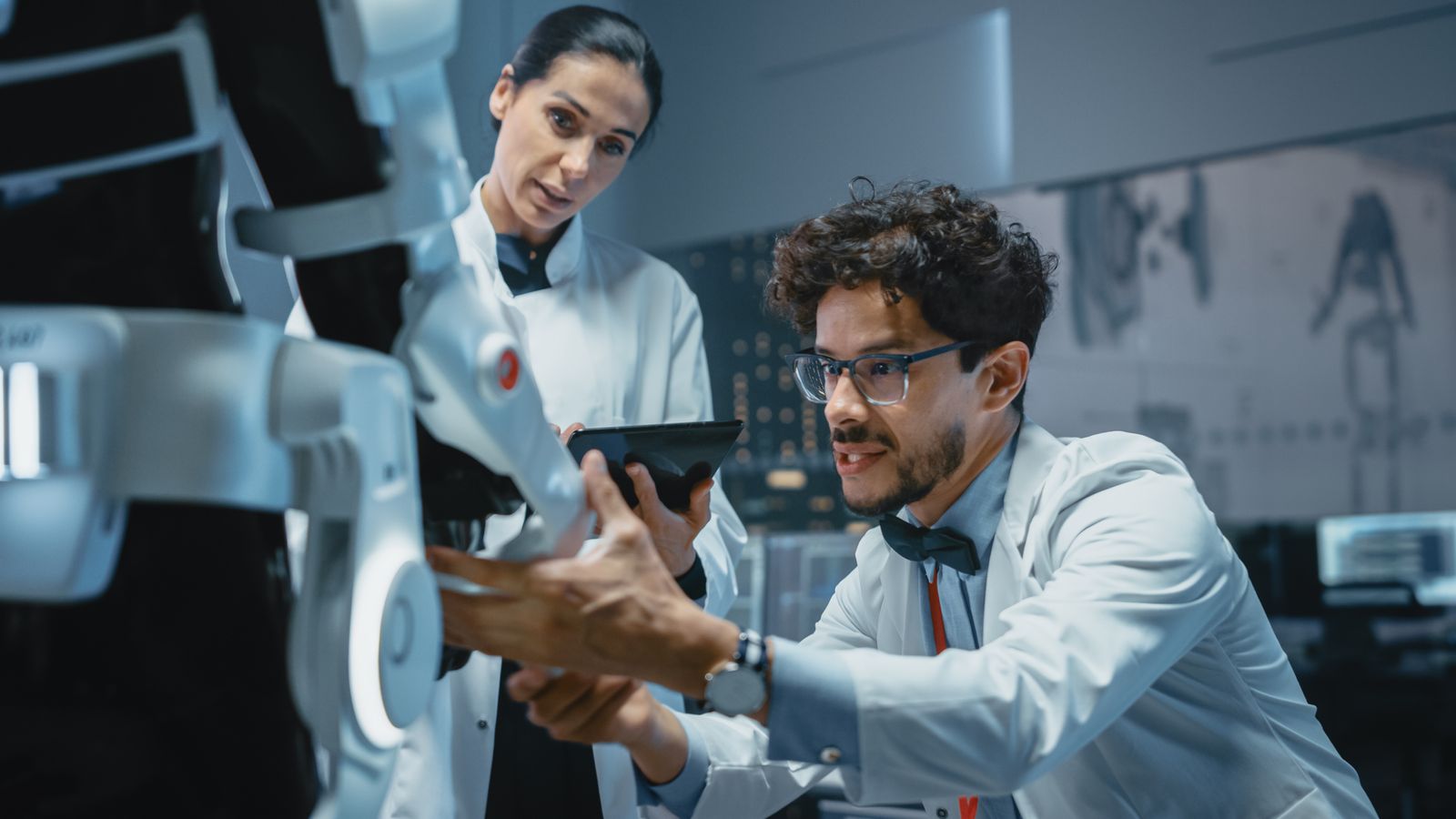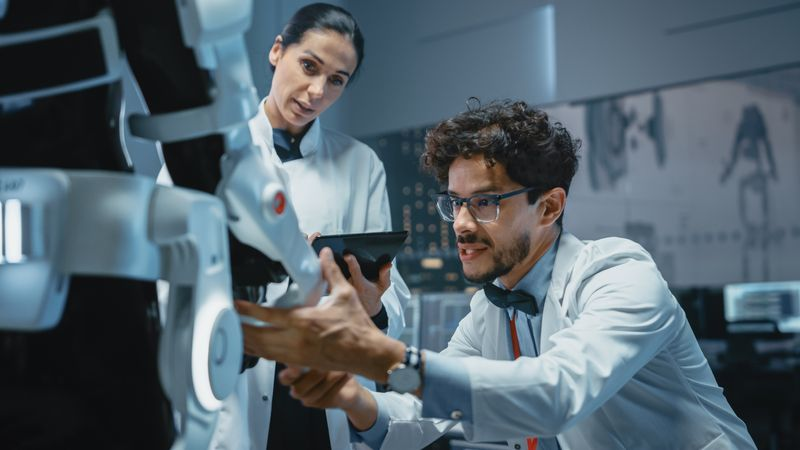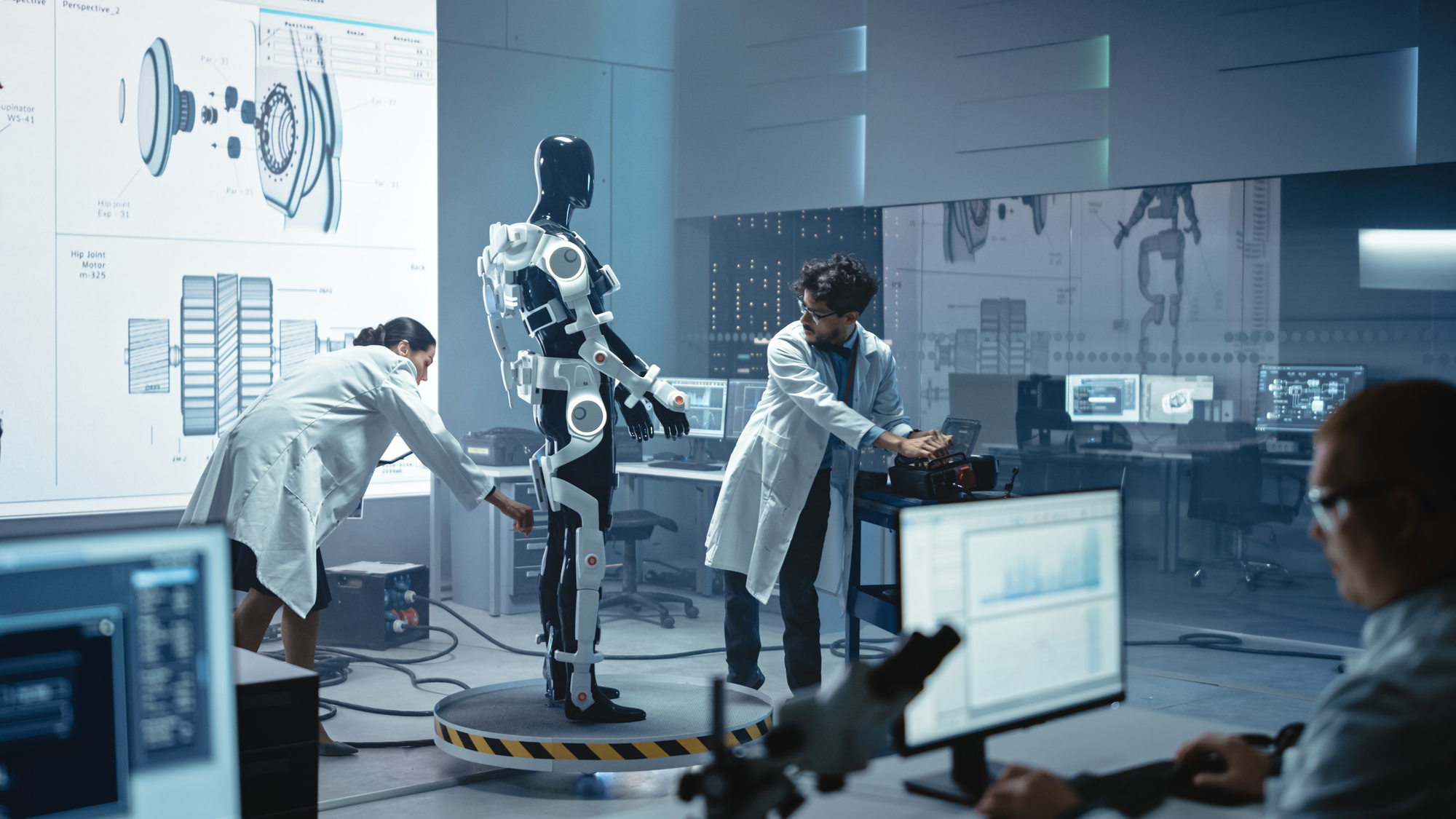ARTIFICIAL INTELLIGENCE

Artificial Intelligence, AI, ML,
A new equation for AI innovation

The Rapid Pace Of Ai Advancement
There is no denying that artificial intelligence (AI) and machine learning (ML) are advancing at a rapid pace.
By 2025, AI will create 97 million new jobs and eliminate 85 million existing ones, according to the World Economic Forum. Overall, 12 million new jobs have been created.
Machines are no longer mere tools in the hands of humans, but companions that work alongside to provide immense value to any industry.
If you haven't kept up with their progress, you'll be shocked to learn how AI has been adopted across all aspects of life.
Even as self-driving cars and robotic dogs grab the most headlines, a massive AI revolution is taking place in business today.
AI and Machine learning stats
Since artificial intelligence is still in its infancy, its impact may not be so evident to the public yet. The numbers, however, paint a different picture. Recent studies confirm that AI and machine learning are now truly on the global stage and ready to improve businesses across a wide range of industries. We have listed several conclusive statistics and trends below:
Size and prevalence of the market
As of 2025, the AI market is expected to be worth $190 billion
Over $15 trillion could be generated by the AI industry by 2030.
The global machine learning market was worth $8 billion in 2019 and is expected to reach $117 billion by 2027.
By 2021, 75% of commercial enterprise apps will use AI
AI will be at the heart of 80% of new technologies by 2021.
By 2023, there will be 8 billion voice assistants.

What's Next? Introducing Deep reasoning.
According to TSGSI experts, deep learning will play a crucial role in the new AI growth equation, just as it did in the current one.
The next big opportunity is to do for reasoning what deep learning did for perception and classification.
As of yet, deep learning has not demonstrated that it can assist machines in reasoning, a skill they must master to enhance many AI applications.
TSGSI believes we are still at the beginning of teaching systems to deeply reason, with a few examples of progress in narrow applications such as self-driving cars. A lot of work remains to reach an efficiency that allows reasoning capabilities to be scaled across a wider range of applications.
After a significant amount of effort labeling text, we can now map a natural language sentence to a logical form in some areas. We can then use formalized reasoning mechanisms to work with these extracted formulas. For a variety of areas, the key challenge is to significantly reduce the effort needed to obtain these formulas.
In the next five to ten years, AI technologists predict that we'll figure out the reasoning challenge and point out that deep learning might actually help.
We now have the opportunity to develop a massive reasoning capability. While our data isn't always in the form you want, there are very strong signs that machine learning techniques can transform it into a form necessary for automated reasoning, even though it isn't exactly in the form you want. In order to scale up reasoning computations, GPUs would provide a boost similar to that provided by neural networks.
The ultimate goal is to create AI systems that mimic human thinking patterns more than just reasoning and perception - we envision it performing an entirely new type of thinking.
Ready to talk
Feel free to contact us today.


